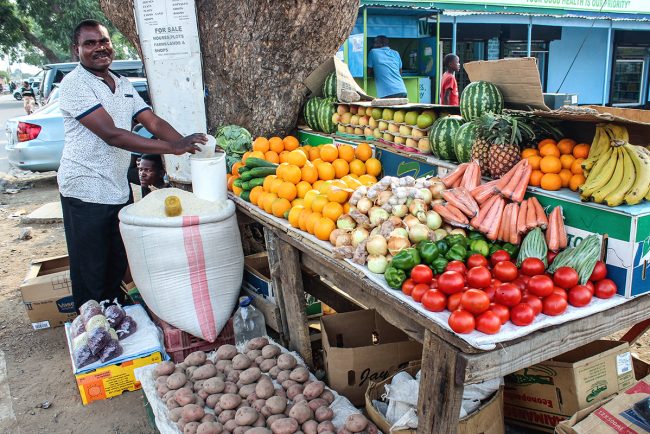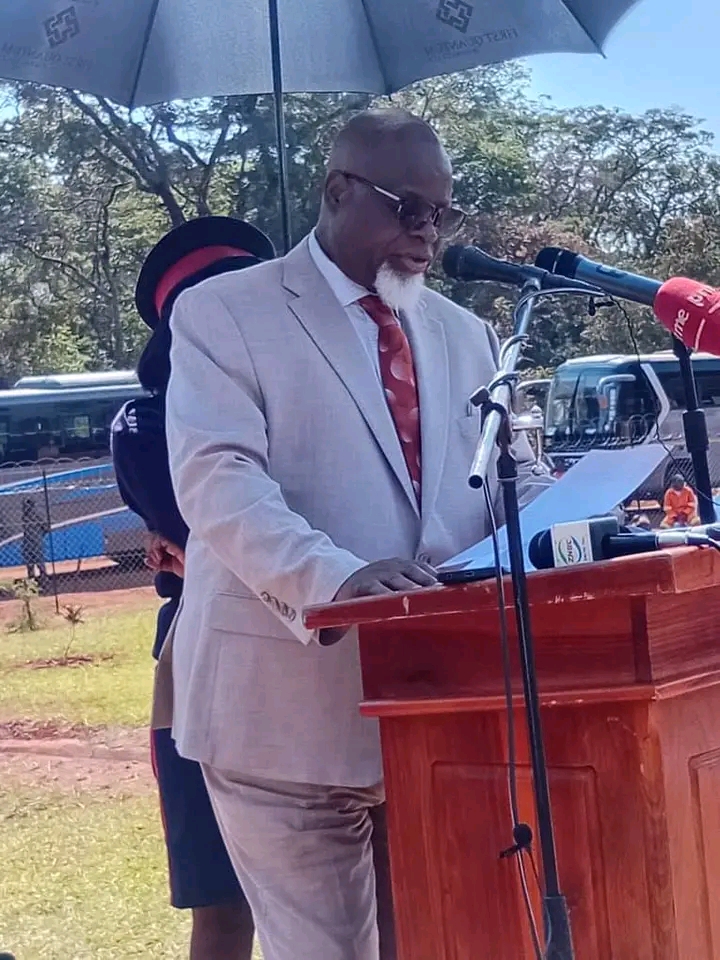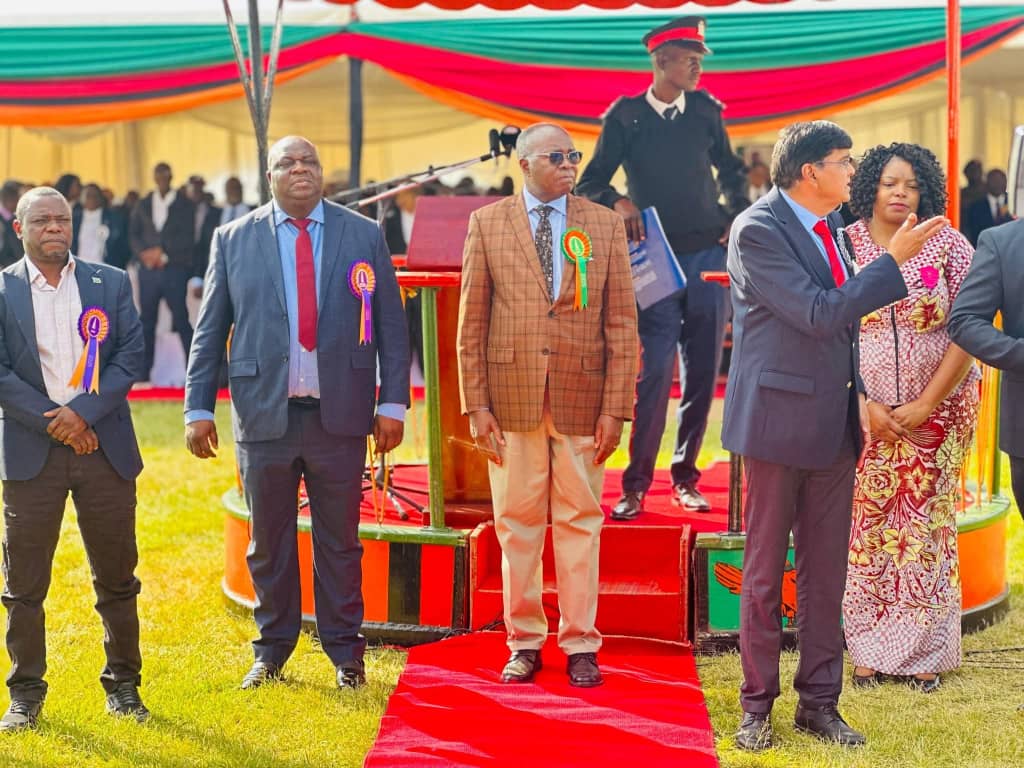THE JESUIT Centre for Theological Reflection (JCTR) says the cost of living for a family of five for the month of November 2021 stood at K8, 145.28.
In a statement JCTR Manager in the Social and Economic Development Programme Chama Mundia, said this is a K123.44 decrease from K8, 268.72 in October 2021.
Ms Mundia said the downward movement in the basket is attributed to reduced prices of items such as 1kg Kapenta which went down by K56.76 from K290.63 to K233.87, 40kg of vegetables which went down by K14.83 from K438.62 to K423.79.
She added that reductions were noted in the prices of 14kg of other fruits which reduced by K204.9 from K314.65 to K109.75.
Ms Mundia however said the November basket also recorded price increases in items such as 10 litres of milk which increased by K52.84 from K244.26 to K297.1, 1kg pounded groundnuts increased by K13.68 from K34.97 to K48.65, 2kg soya pieces increased from K113.68 to K126.46.
“Additionally, the non-food but essential items section also recorded an increase in a 90kg bag of charcoal from K360 to K378,” she said.
“In interrogating the November basket, JCTR notes a steady decline in the cost of living as seasonality continues to affect the price movements in selected items on the basket. For instance, the price of other fruits has significantly reduced given the availability of fruits such as mangoes,”.
Ms Mundia noted that other key contributing factors to the reduced cost of living include a slight decrease in the inflation rate.
“The exchange rate in November however hovered around K17 to one US Dollar and possibly negatively impacted prices of products dependent on imported inputs such as milk. On the contrary, given the onset of the farming season, groundnuts and soya bean prices have gone up,” she said.
“A key highlight in November was the adjustment of the Monetary Policy Rate by 50 basis points to nine percent ushering in a contractionary monetary policy rate. The intervention will lead to an increase in bank interest rates, contraction of money supply in the economy and in the process bring down inflation,”.
Ms Mundia further said the nation has since 2019 been plagued with high inflation rates. This policy stance is therefore targeted at curbing the inflation rate, which may result in price stability of commodities. On the downside, contractionary monetary policy gradually slows down economic growth and even increases unemployment.
“A 2019 study 1 using micro level labour force survey data does indicate that an increase in the Bank of Zambia policy rate increases unemployment. The expected unemployment as a result of an increased MPR would worsen the socio-economic context of recent years that has been characterised by contracted growth and eventually a recession on account of COVID-19,” she explained.
Ms Mundia has since emphasised the need to guard against increases in macroeconomic variables such as inflation as it erodes the disposable incomes of households in the long run thereby compromising living standards.
“Economic growth remains essential to seeing the much needed government revenue and job creation. JCTR reiterates that the increase of the MPR to 9 percent has the potential to increase poverty levels in the country and worsen living conditions. This is in view of some of its trickle-down effects that includes prolongment of the period to repay loans and/or increase in the monthly repayment of loans to banks. This negatively impacts the availability and cost of credit in the economy,” she said.
Source: Mwebantu









Leave a Reply